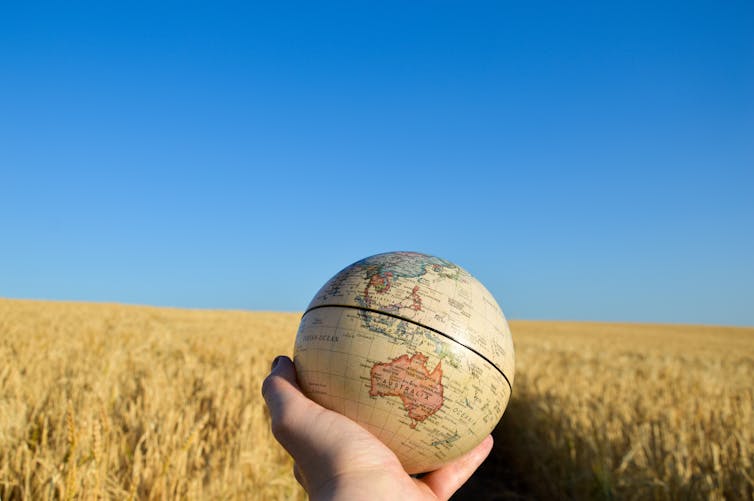Serious discontinuities tend to disrupt the timelines of all complex societies (another name for civilizations—that is, societies with cities, writing, money, and full-time division of labor). The ancient Roman, Egyptian, and Mayan civilizations all collapsed. Archaeologists, historians, and systems thinkers have spent decades seeking an explanation for this pattern of failure—a general unified theory of civilizational collapse, if you will. One of the most promising concepts that could serve as the basis for such a theory comes from resilience science, a branch of ecology (the study of the relationship between organisms and their environments).

Why Civilizations Collapse: The Adaptive Cycle
Ecosystems have been observed almost universally to repeatedly pass through four phases of the adaptive cycle: exploitation, conservation, release, and reorganization. Imagine, for example, a Ponderosa pine forest. Following a disturbance such as a fire (in which stored carbon is released into the environment), hardy and adaptable “pioneer” species of plants and small animals fill in open niches and reproduce rapidly.
This reorganization phase of the cycle soon transitions to an exploitation phase, in which those species that can take advantage of relationships with other species start to dominate. These relationships make the system more stable, but at the expense of diversity.
…click on the above link to read the rest of the article…


















